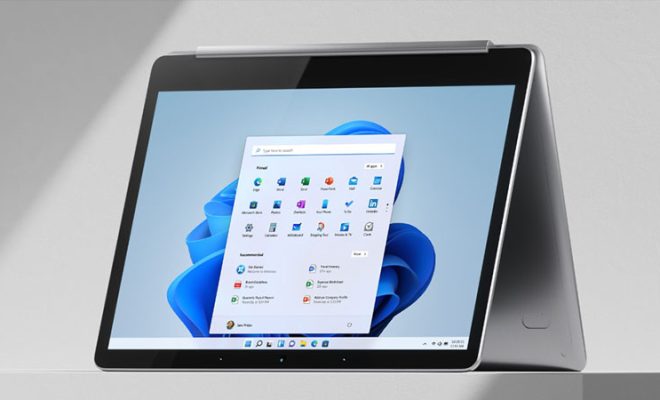How to Format SD Cards on macOS

Formatting an SD card on a macOS computer is a simple process that can help you clean off files or prepare your card for use with another device. Here’s how to format your SD Card on macOS:
1.Connect the SD card to your Mac using a built-in SD card slot, USB card reader, or adapter.
2.Open the “Disk Utility” application, which can be found by searching in Spotlight or by navigating through Applications > Utilities.
3.In the Disk Utility window, locate and select your SD card from the sidebar. It should be listed under “External” as its location.
4.Once you have selected your SD card, click on the “Erase” button at the top of the Disk Utility.
5.You will now see an erase dialog window where you can name the SD card and select a format:
– For use with macOS devices or Time Machine backups, choose “APFS” or “Mac OS Extended (Journaled)” if you’re using an older version of macOS that doesn’t support APFS.
– For use with Windows devices in addition to macOS devices, select “ExFAT” if the SD card is 64GB or larger; choose “MS-DOS (FAT)” for smaller capacity cards.
6.If required, select a Scheme:
– Choose “GUID Partition Map” for most cases as it makes the SD card bootable on Intel-based Macs if needed in the future.
After configuring all options, click on the “Erase” button to start formatting your SD card. This will delete all data on the SD card, so ensure you have backed up important files beforehand.
Once Disk Utility has finished erasing and formatting your SD card, click “Done.”
Your SD card is now formatted and ready to be used with either macOS devices or as needed according to the chosen filesystem format. Remember that formatting an SD card will remove all data stored on it, so always back up any important files before proceeding with a format operation.




